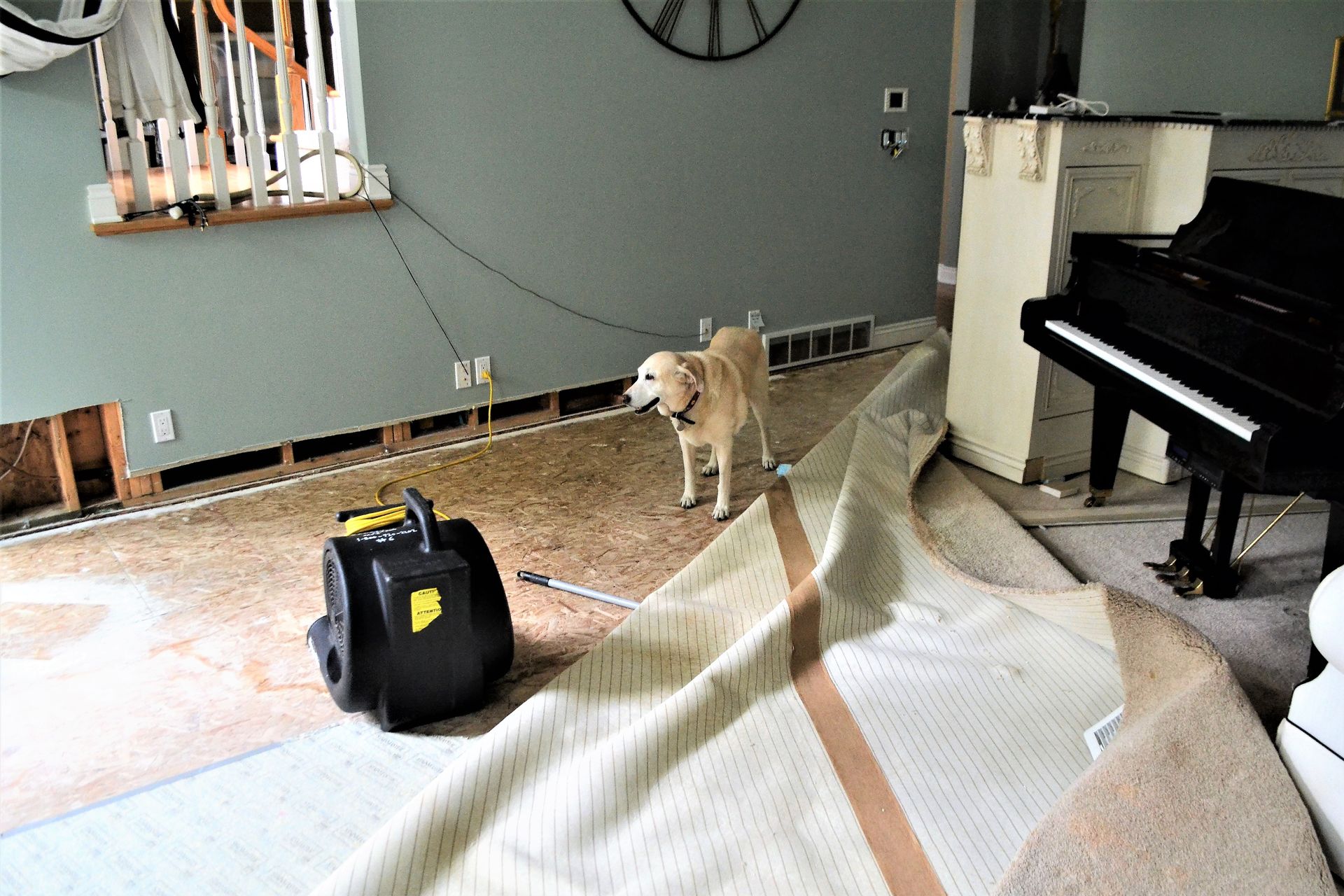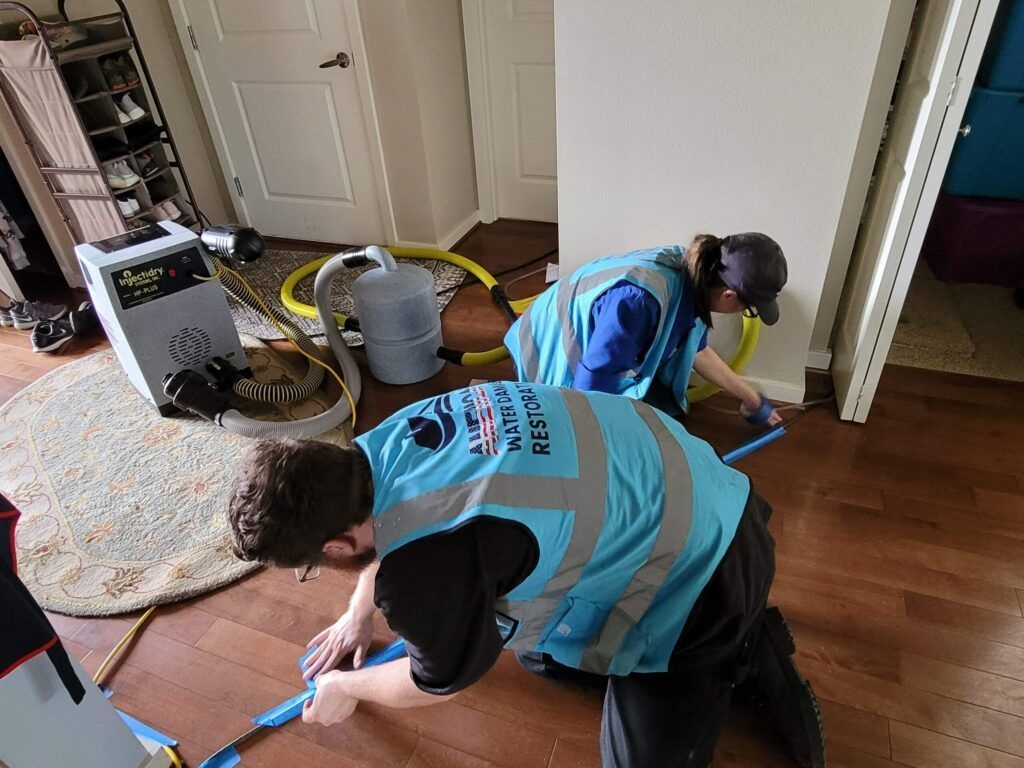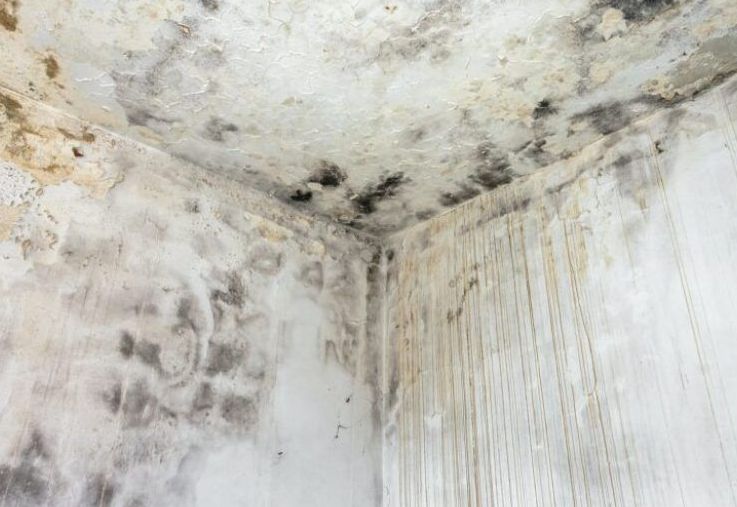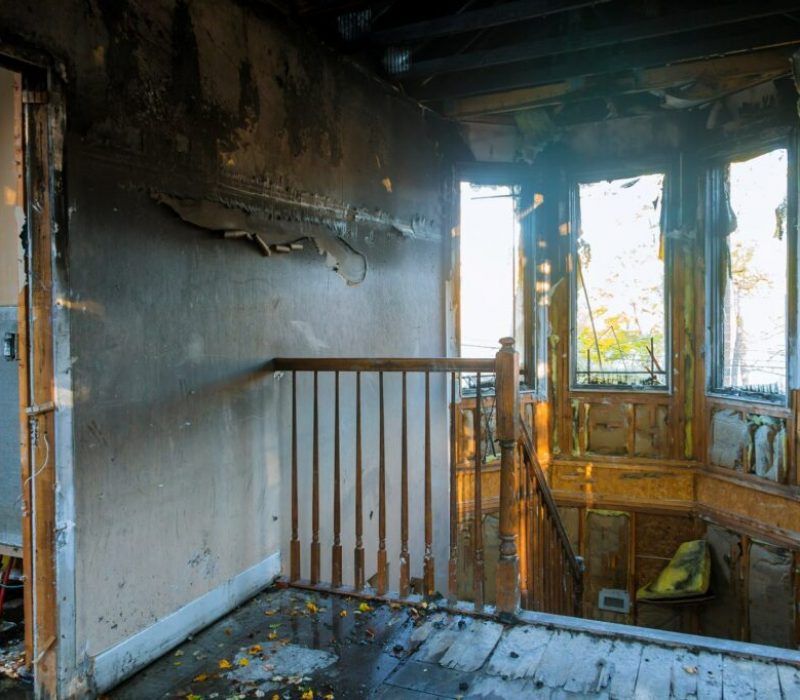- 24/7 EMERGENCY SERVICE
- ON OUR WAY IN 60 MINUTES OR LESS
- WE WORK WITH YOUR INSURANCE
The Advantages of Quick Water Damage Response
Advantages of Quick Response Water Damage Action: Why Speed Matters
Imagine waking up to your basement flooded due to a burst pipe. Such instances of water damage are far more common than we think and can cause significant damage quickly. This article explores the importance of a quick response to water damage restoration. Time indeed matters when dealing with water damage. We'll discuss whether water damage can dry out on its own and if it's easy to fix. We'll also emphasize the importance of fast response and swift water removal in limiting the extent of the damage.
Understanding the Nature of Water Damage
Water damage is often unpredictable, coming on suddenly due to a range of causes both within and outside the home. Weather-related events such as floods, storms, and hurricanes can wreak havoc, leaving homes waterlogged and susceptible to significant damage. But it's not just Mother Nature that poses a threat. Household issues, like burst pipes, plumbing leaks, and appliance malfunctions, can equally result in water damage, often taking homeowners by surprise.
The moment water makes contact with materials, the damage process begins. Porous materials, including wood, drywall, and carpet, are particularly vulnerable, quickly absorbing water and starting a rapid deterioration cycle. The rate at which these materials absorb water and the extent of the damage inflicted often depend on the water's volume and the duration of contact. This immediate impact underscores the need for a fast response and quick water removal to mitigate the damage.
Remember, water damage is often deceptive, occurring rapidly and invisibly. The visual signs of water damage don't usually show until significant damage has been done. As such, when it comes to water damage restoration, a quick response is not just preferable; it's essential.
Advantages of Quick Response to Water Damage
When confronted with water damage, the choice of when to act often determines the extent of damage, the costs of restoration, and the potential health risks involved. A delayed response can exacerbate the situation, leading to more extensive harm to your property and personal belongings, increased costs in repairs and restoration, and even serious health hazards due to the potential growth of mold and bacteria. Thus, understanding the advantages of a quick response to water damage can be vital.
Preventing Structural Damage
A delay in addressing water damage can severely compromise the structural integrity of a building. Water can make its way into the foundational elements, causing them to weaken over time. This is particularly true for wooden structures, which can rot when exposed to water for extended periods. Similarly, water can seep into walls, causing the drywall to bloat and crumble. Floors, particularly those made of wood or carpet, can absorb water and swell, leading to buckling or sagging. Over time, these issues can accumulate, leading to significant structural damage that may not only be costly to fix but could also pose safety hazards. Therefore, it's crucial to respond fast to water damage to prevent such outcomes.
Avoiding Mold Growth
Mold growth is a common consequence of water damage that can rapidly escalate if not addressed swiftly. Mold thrives in conditions characterized by darkness, moisture, and the presence of organic material. These conditions are often found in water-damaged areas, from damp basements to water-soaked carpets and walls. Alarmingly, mold can begin to grow in as little as 24-48 hours following a water event, posing serious health risks. Exposure to mold can trigger a variety of health concerns, particularly respiratory issues such as asthma and allergies. Prolonged exposure may even lead to more severe conditions. Hence, quick response water restoration is essential to prevent mold growth and ensure the health and safety of occupants.
Saving Valuable Possessions
Water damage can wreak havoc on personal possessions, but a quick response can often salvage furniture, electronics, documents, and other precious items. Water, particularly when left untreated, can irreparably damage certain materials. For instance, electronics can short-circuit, documents can disintegrate, and furniture can warp or discolor. Quick response restoration, which includes fast water removal and drying, can prevent these devastating effects. It's crucial to recognize that every minute counts when it comes to water damage. The sooner the restoration process begins, the higher the chance of saving valuable items and reducing overall damage. Therefore, the importance of swift action in the face of water damage cannot be overstated.
Reducing Costs
Responding quickly to water damage is not only crucial for structural integrity and health considerations, but it's also a cost-effective approach. Early intervention mitigates the severity of water damage, reducing the expenses associated with extensive restorations or replacements. The cost of quick response restoration, which includes immediate water removal and drying, may be significant upfront, but it pales in comparison to the financial burden of delayed action. Delay can lead to the need for comprehensive repairs or even complete replacement of damaged structures and items, escalating costs exponentially. Thus, while immediate restoration has a cost, it is an investment that prevents further damage, leading to significant savings in the long run.
Minimizing Health Risks
Standing water poses serious health risks to humans, serving as a breeding ground for bacteria, viruses, and other harmful pathogens. These microorganisms can cause various illnesses, ranging from minor skin infections to severe gastrointestinal diseases. For example, stagnant water contaminated with E. coli or Salmonella can result in severe diarrhea or other intestinal issues when ingested. Furthermore, floodwater often carries hazardous materials, including chemicals and raw sewage, significantly increasing the risk of exposure to harmful substances. As discussed earlier, mold growth is another major concern, with its spores causing allergic reactions and respiratory issues. Therefore, quick response water restoration, which includes swift water removal and thorough drying, is crucial to mitigate these health risks.
Essential Steps in Quick Water Damage Response
|When faced with water damage, adopting a systematic and thorough approach for quick response restoration is pivotal. Acting swiftly doesn't mean skipping crucial steps; instead, it involves a sequence of targeted actions designed for effective water removal and restoration, delivering the best possible outcome for your property.
Immediate Assessment
The first step in quick response water restoration involves an immediate assessment of the extent of the damage. This rapid evaluation allows professionals to establish a precise and effective course of action. Specialized tools, such as moisture meters, are employed to determine the water's reach and how deeply it has infiltrated various materials. Infrared cameras are also utilized to detect hidden water in walls, floors, or ceilings that may not be visible to the naked eye. Both these tools play a vital role in measuring the severity of water damage, enabling professionals to tailor their restorative efforts accordingly. Thus, immediate assessment is a crucial step in ensuring a rapid, efficient, and thorough response to water damage.
Water Removal
Water extraction is a critical step in quick response water restoration. Professionals use specialized pumps and high-powered vacuums to remove standing water from the property. This process is performed meticulously to ensure thorough extraction, as even a small amount of residual water can lead to significant issues down the line, from structural instability to mold growth. Extraction equipment is designed to handle a variety of scenarios, from small leaks to major floods, ensuring efficient removal of water regardless of the damage's magnitude. By ensuring comprehensive water removal, professionals help to minimize the likelihood of lingering issues and lay the groundwork for the subsequent drying and dehumidifying phases of restoration.
Drying and Dehumidifying
Once water removal is complete, the next crucial step is drying and dehumidifying the area, which is carried out using industrial-grade air movers and dehumidifiers. Air movers facilitate efficient evaporation by creating a high-velocity airflow, while dehumidifiers remove excess moisture from the air, ensuring an environment conducive to thorough drying. It's important to note that even after visible water has been removed, hidden pockets of moisture may still exist within walls, under floors, or in other concealed areas. These moist areas can lead to structural damage or mold growth over time. Therefore, professionals use specialized equipment to detect these hidden moisture pockets, ensuring a comprehensive drying process that thoroughly addresses all areas affected by water damage.
Cleaning and Sanitizing
Cleaning and sanitizing are fundamental steps in the quick response water restoration process, as they ensure the eradication of harmful microorganisms and prevent mold growth. Professionals often employ antimicrobial treatments such as disinfectants and sanitizers to cleanse the affected areas thoroughly. They might also use air scrubbers and fogging equipment to eliminate airborne particles and lingering odors caused by water damage. Moreover, specific cleaning techniques are employed to treat delicate items like documents and electronics, with utmost care taken to preserve their integrity while ensuring sanitization. This comprehensive cleaning and sanitizing process is crucial to restoring a healthy, safe environment post-water damage.
Restoration
The final phase of quick response water restoration involves restoration, where any necessary repairs are made to damaged structures. This step can range from minor repairs, such as replacing a section of drywall, to major ones, like rebuilding entire rooms. The goal is to return the property to its pre-water damage condition, ensuring it is safe and habitable. Professionals might install new carpets, repair hardwood floors, or replace damaged drywall and insulation. They meticulously focus on every detail to restore the property's aesthetic appeal while ensuring structural integrity. This restoration step, therefore, offers reassurance that the property is not just superficially okay but also fundamentally sound and free of water damage.
Don't Wait: Restore and Reclaim Your Space Now!
At
American Water & Damage Restoration, we pride ourselves on our fast response and high-quality service. Our team is equipped to respond fast, ensuring quick response water restoration and minimizing additional damage. With our expertise, water damage is not as daunting as it seems. Our priority is to restore your property to its original state or better. Don't let water damage disrupt your life. Trust us, the experts in quick response
water damage restoration. Call us today, and let us help you reclaim your space! Remember, when it comes to water damage, every moment counts. We are ready to help you immediately!
CONTACT US 24/7 FOR ANY TYPE OF RESTORATION SERVICES
Our Contact Information
123 2nd Ave S, Edmonds, WA 98020, United States of America
OPEN 24/7
CONTACT US 24/7
For an immediate response call us 24/7 at (206) 771-7040 or complete the form below.
Contact Us
We will get back to you as soon as possible.
Please try again later.
24/7 Emergency Services!
CALL (206) 771-7040
We’re Fast! We’re Efficient!… And we will get the job done right, the first time!
Contractor Number: AMERIWD794PJ
OUR SERVICES
CONTACT INFO
123 2nd Ave S, Edmonds, WA 98020, United States of America
All Rights Reserved | American Water and Damage Restoration LLC










